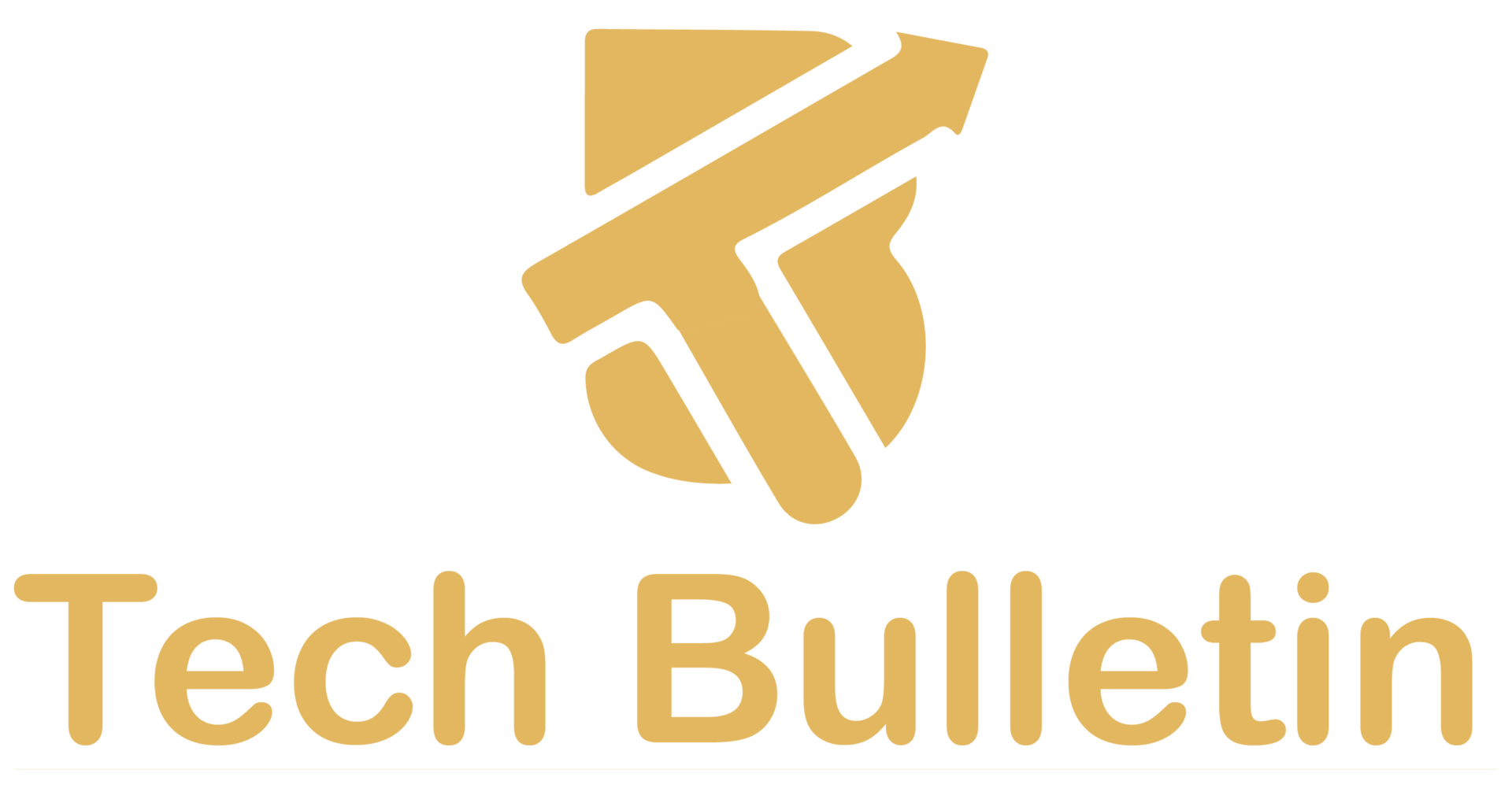What is the simplest form of AI? How AI is transforming the world?

Many people regard AI as an exceedingly difficult and incomprehensible topic. The widely held belief is that AI is reserved for sophisticated procedures. That is developed solely by large technology corporations for complex systems such as spaceships and robotics.
However, there are a few methods to use AI in its most basic forms in your applications to gain fascinating capabilities. So, in this article, we will see what is the simplest form of AI. And also see the transformation of the world by using it.
What is the simplest form of AI?
The most basic kind of artificial intelligence (AI) is known as “narrow” or “weak” AI. In contrast to the powerful AI systems envisioned in science fiction. Narrow AI is created and programmed to accomplish specific jobs or solve specific issues but lacks overall human-like intelligence.
This type of AI operates inside a narrow area. And it is incapable of understanding or adapting to tasks outside of its assigned scope.
Narrow AI Definition and Characteristics
Narrow AI is intended and built to excel at a single, well-defined activity. It cannot perceive context outside of its specified duty and lacks self-awareness and consciousness.
These AI systems are created using specialised algorithms and data. That allows them to do the task for which they were created. They function according to established rules and patterns and cannot learn or adapt beyond those rules.
Narrow AI Application Examples
- Virtual Personal Assistants
Examples of Narrow AI are Apple’s Siri and Amazon’s Alexa. They can recognize voice instructions, respond to queries, and carry out simple functions like setting alarms and sending messages.
- Recommendation system
Narrow AI is used by platforms such as Netflix and Amazon to analyse customer preferences. And deliver personalised suggestions for films, TV series, purchases, and more.
- Language Translation
Narrow AI is used by online language translation programs like Google Translate to transform text from one language to another.
- Spam Filters
Narrow AI is used by email providers to filter out spam communications based on predefined patterns and criteria.
Limitations and Challenges
Narrow AI’s simplicity comes with drawbacks. Because these systems cannot generalise information from one activity to another. They are unsuited for activities that fall outside of their stated scope.
They lack comprehension of the context and nuances of human communication, which can lead to misunderstandings. Furthermore, the quality and quantity of data used to train these AI systems is critical; insufficient, or biassed. And data might result in erroneous results.
How is AI transforming the world?
Artificial Intelligence (AI) is undergoing a transformative journey, reshaping the way we live, work, and interact. Its impact is evident across various sectors, revolutionising industries and enhancing our daily lives. Here’s a glimpse of how AI is transforming the world:
Financial Services Innovation: Artificial intelligence (AI) is driving fraud detection, risk assessment, and algorithmic trading in the financial sector. Chatbots provide fast customer service, whereas AI analyses large amounts of financial data to make better investment decisions.
- Transportation Revolution
AI is key to the transportation revolution, with self-driving vehicles and drones transforming how products and people are transported. Autonomous vehicles move securely using sensors and AI algorithms, possibly lowering accidents and congestion.
- Natural Language Processing
Artificial intelligence’s natural language processing skills are revolutionising communication. Language boundaries are being broken down by chatbots, virtual assistants, and translation systems, allowing for seamless worldwide communications.
- Impact on the Environment
AI is assisting environmental conservation efforts through predictive analytics, assisting in the monitoring and mitigation of natural catastrophes. It also helps to improve energy efficiency by reducing power usage in buildings and enterprises.
- Education and Learning
Artificial intelligence is improving education by providing personalized learning experiences. AI is used in adaptive learning systems to modify educational content to the requirements and learning styles of individual students.
- Scientific Breakthroughs
By analysing massive volumes of data and modelling complicated events, AI is advancing scientific research. It helps in medication development, climate modelling, and understanding the universe.
- Entertainment and Creativity
AI-generated art, music, and content are pushing the boundaries of creativity. AI tools assist artists and designers in generating novel ideas and expanding creative possibilities.
- Healthcare Revolution
Artificial intelligence is transforming healthcare by providing early illness detection, personalised treatment regimens, and medication development. AI algorithms can analyse medical images, predict disease outbreaks, and assist in surgery, leading to improved patient care and outcomes.
- Research and Innovation
AI accelerates scientific research by analysing complex data and simulations. It aids researchers in drug discovery, climate modelling, and space exploration, pushing the boundaries of human knowledge.
Conclusion
In summary, Narrow AI or Weak AI, the most basic kind of AI, focuses on executing certain tasks within established constraints. Artificial intelligence is reshaping the world. By increasing efficiency, revolutionising healthcare, giving data-driven insights, creating personalised experiences, and boosting customer service. As AI evolves, its effect on society and numerous industries will rise, bringing with it new possibilities and problems. So we hope that now you are aware of what is the simplest form of AI!






